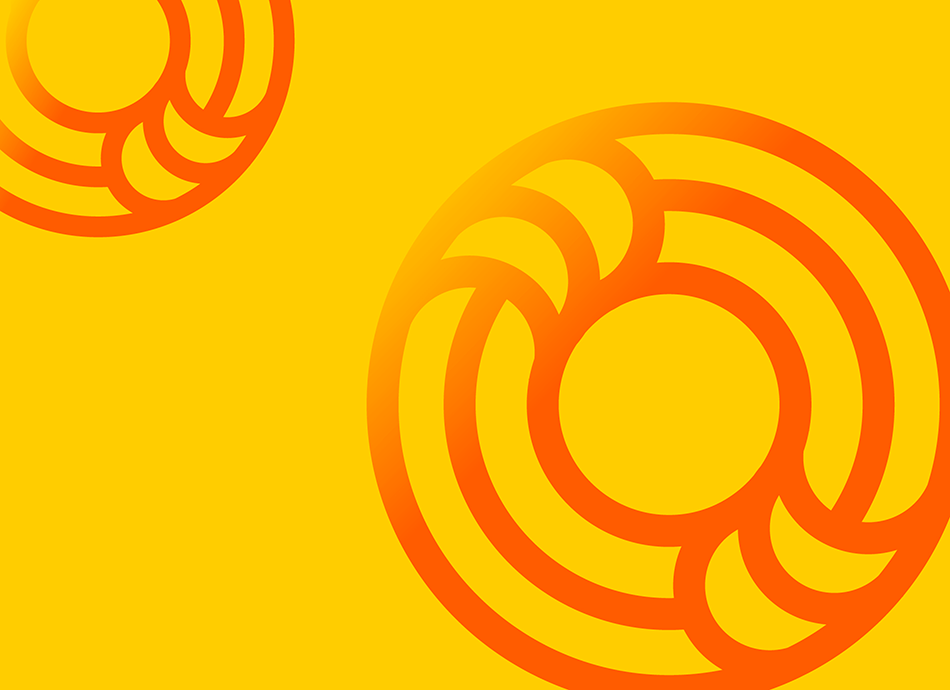Wishing everyone a safe and happy Christmas and New Year – Meri Kirihimete from the Healthify team.
Self-harm prevention apps
Self-harm prevention apps
- Also called self-injury prevention apps.
-
Self-harm can be a way of coping with intense emotions or distress brought on by overwhelming feelings or situations. Apps to prevent self-harm have the potential to support people who self-harm by offering strategies for coping and reducing the urge to self-harm.

| App | Features | Clinical score |
|
|
|
|
|
|
|
|
|
|
|
Self-harm prevention apps – help me choose
There are a variety of apps aimed at supporting people at risk of self-harming. These apps differ in their features and functionality. Choosing between the apps is challenging because many of them have been developed without any input from healthcare professionals or undergoing objective assessment.
A study assessing the content of apps for self-injury used the following criteria to assess the quality of the apps:1
- Purpose of the app, such as providing education material, screening for self-harm and risk assessment, symptom tracking (such as tracking self-harm urges), supportive resources such as connecting users with support or therapeutic techniques to overcome urges, such as relaxation, meditation, exercises.
- App dispels myths about self harm, such as that people who self-harm have a mental illness, self-harm is a result of past abuse, self-harm is mainly an issue affecting young girls, people who self-harm are seeking attention, self-harm is just a teen fad and self-harm is not a serious concern.
- App offers coping tips that are recommended in non-suicidal self-injury treatment guidelines, such as motivational strategies, delay behaviours, reducing access to self-harm tools or strategies to reduce urge intensity.
- App offers acts to replace non-suicidal self-injuries that are not highlighted in treatment guidelines, such as the rubber-band technique, red marker technique or any other attempt to use pain to counteract an urge or difficult emotion.
While the authors did not recommend any apps, they did suggest that it is important that any self-harm prevention app must:
- emphasise and advocate for recovery (eg, convey a hopeful message)
- avoid triggering (eg, self-harm imagery) content
- moderate user discussions (if applicable) to guard against cyber-bullying
- provide recovery stories from those with lived experience
- offer guides about talking to others (eg, family and professionals) about self-harm
- include research-informed information, especially about coping strategies (eg, emotion regulation skills) as well as resources for crisis situations.
References
- Vieira AM, Lewis SP. Mobile Apps for Self-Injury: A Content Analysis.(external link) Cyberpsychol Behav Soc Netw. 2018 May;21(5):333-337.
|
Disclaimer: The NZ Health App Library is a free consumer service to help you decide whether a health app would be suitable for you. Our review process is independent. We have no relationship with the app developers or companies and no responsibility for the service they provide. This means that if you have an issue with one of the apps we have reviewed, you will need to contact the app developer or company directly. |
Factsheets – using health apps safely

How to choose a health app
Healthify He Puna Waiora, NZ

Privacy and security tips for using health apps
Healthify He Puna Waiora, NZ
Credits: Editorial team
Last reviewed:
Page last updated:



